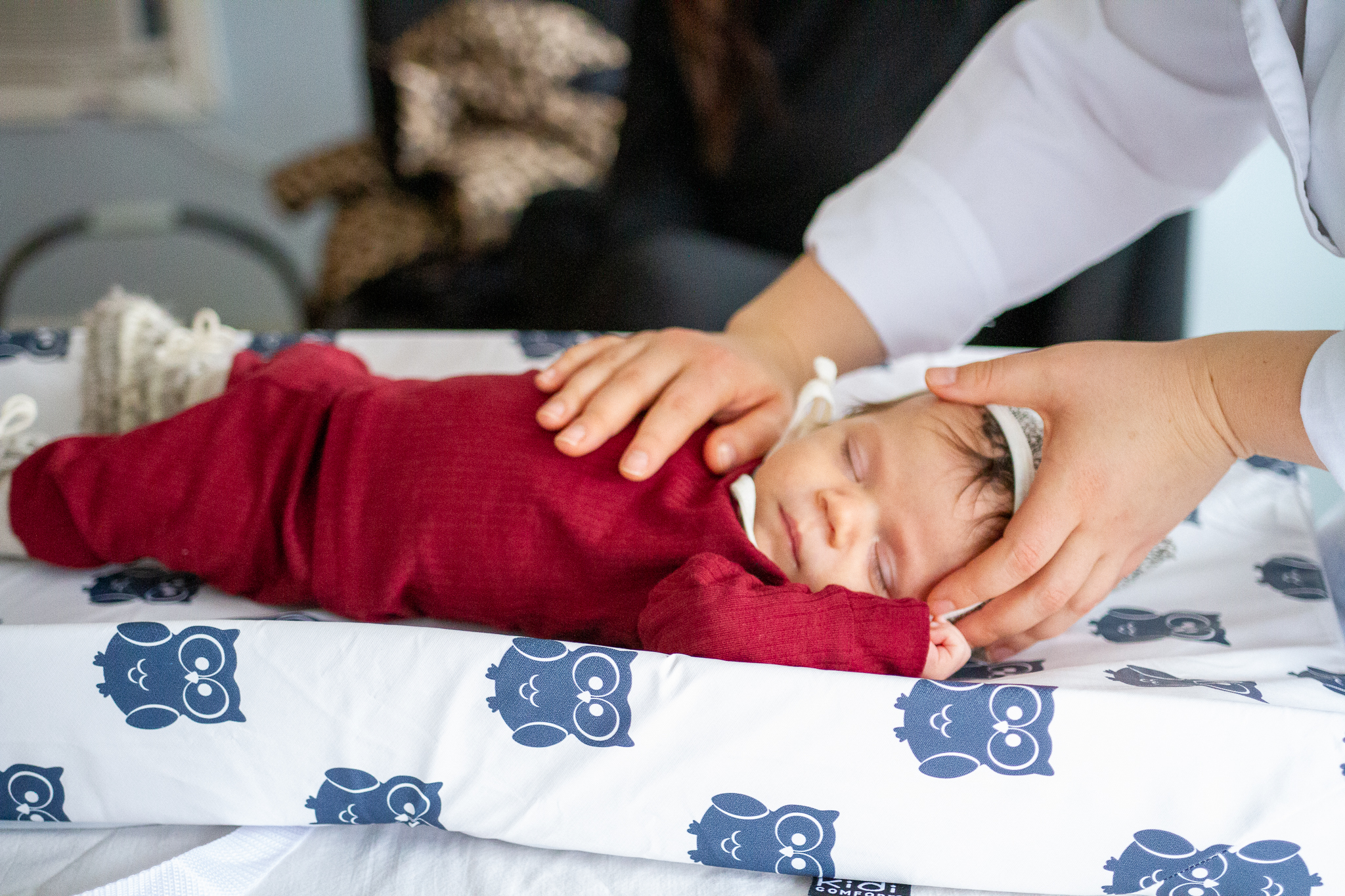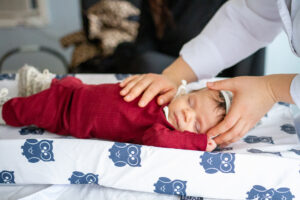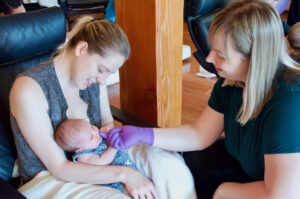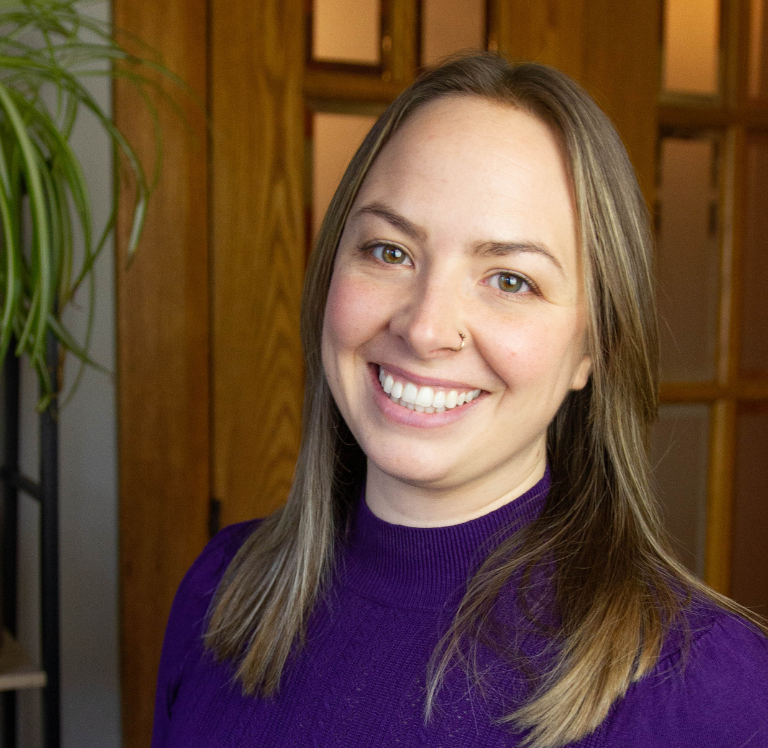Tongue tie (also known as ankyloglossia) is a condition in which a tongue is tethered to the floor of the mouth by a piece of tissue (the frenulum) that is too tight or too short, resulting in a restricted range of movement. It’s a fairly common condition that affects up to 11% of newborns. Tongue tie can cause nursing issues, as being unable to hold their tongue in the right position can lead to babies having difficulty swallowing or latching properly.
In some cases, the baby may wind up chewing on the nipple rather than sucking it — frustrating for the little one and definitely not fun for the sore parent!
Once diagnosed, tongue tie can be treated through a surgical procedure known as a frenectomy, which removes the frenulum. Another option is a frenotomy, which involves snipping and releasing a tight frenulum. While these procedures are common, they aren’t perfect. Little ones may continue to have feeding issues even after they’ve recovered from their surgery, if they’re dealing with fascial tightness or tension. The lingering effects of birth trauma can play a large role in not only the severity of tongue tie, but also in the efficacy of a tongue tie revision procedure.
How birth trauma can worsen tongue tie issues.
We know that giving birth is hard. But what we don’t often talk about is how hard it is to be BORN. Many people believe that babies don’t really feel anything during labour, but this is far from the truth! In reality, babies have a fully functioning nervous system by the age of 25 weeks gestation (if not slightly earlier). They feel every squish, every squeeze, every pound of pressure during labour — and this pressure is increased by the use of drugs such as Pitocin, which disrupt the natural, slow progression of contractions. With Pitocin, a baby can experience up to 60 pounds of pressure while on their way through the birth canal… and since their nervous system is fully formed, they feel every bit of it.
If a baby is in a sub-optimal position, their cranial bones may also be pressed up against the pelvic bone, causing additional stress on their head, neck, face, and spine, as well as the cranial nerves that send messages to the mouth and tongue.
This type of birth trauma not only causes pain — including headaches and bodily soreness — at the time of birth, but it can also lead to lasting muscular tightness and fascial tension throughout the body. Due to this tightness, babies may have trouble opening their mouth wide or extending their head back. Fascial tension can cause the tongue to remain on the floor of the mouth, even after the frenulum has been removed or corrected. If this is the case, and it’s not addressed with bodywork, this can increase the risk of reattachment of the frenulum, which will require additional surgery.
How to increase the chances of tongue tie revision success.
Releasing the fascial tension stemming from birth trauma is vital for increasing the success of tongue tie revision, and bodywork is a key part of preparing for the procedure. Craniosacral therapy improves the neuromuscular system by releasing fascial restrictions and helping nerves better transmit messages to the muscles that they’re innervating — including the tongue!
By addressing the fascial tightness and optimizing the tongue’s range of motion before the surgery, you remove the roadblocks that could prevent the baby from enjoying the full benefits of the procedure. Completing 1-2 sessions of bodywork 24-48 hours before a baby’s surgery can greatly improve their chances of success — and heal some of the lingering effects of birth trauma that may be causing the little one pain or stress! Bodywork is also an important part of tongue tie revision aftercare, because it can help to address and improve the muscle function involved in feeding.
If you’re interested in incorporating CST into your own practice, I invite you to register for my virtual Craniosacral Therapy Foundations course, and learn about this beautiful healing modality from the comfort of your own home.






